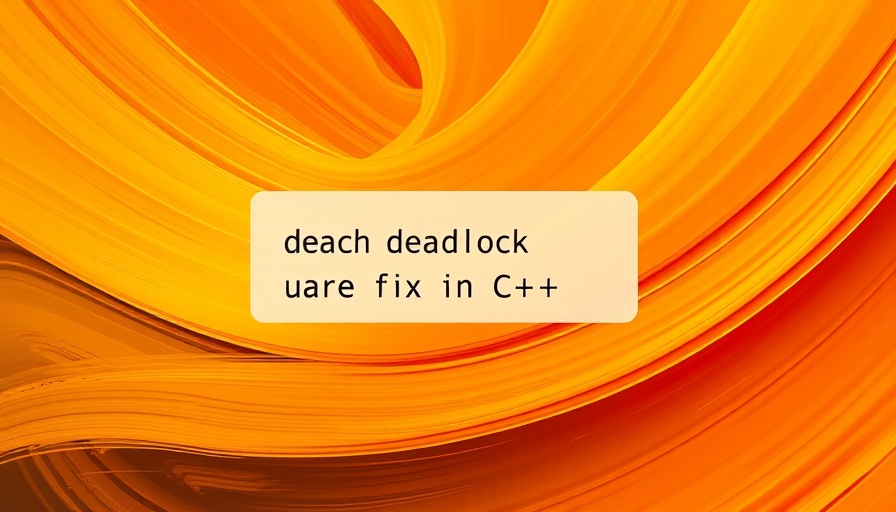
Introducing the Game Changer: OpenAI's o1 Pro Model
Since its inception in late 2024, the landscape of artificial intelligence has dramatically shifted with OpenAI's new model, o1 Pro, leading the charge. Unlike its predecessor GPT-4.5, which held the title of the most expensive AI model, o1 Pro outstrips it with staggering input and output token costs—$150 and $600 respectively. This pricing strategy positions o1 Pro as a premium offering tailored for researchers and professionals, rather than casual users. With o1's advanced capabilities, OpenAI aims to tackle some of the most pressing challenges that current AI systems face, from mathematics to programming and scientific inquiries.
How o1 Pro Outperforms Its Rivals
The introduction of o1 Pro has heightened the competition within the AI sector. While models such as Claude 3.7 "Thinking" and Grok 3 "Think" have emerged, o1 Pro remains one of the top three AI models according to the Artificial Analysis Intelligence Index. The secret to its supremacy lies in its enhanced computational power, which not only promises more accurate responses but also improves reliability, appealing to users who need precision in complex problem-solving situations.
Understanding the Need for Advanced AI
With the explosion of data and the growing complexity of tasks requiring AI assistance, the need for models like o1 Pro has never been clearer. As industries evolve, the demand for AI that delivers on both intelligence and efficiency is critical. This heightened requirement arises not only from industrial applications but also from sectors that rely on data-heavy analysis, making o1 Pro's offerings essential.
The Price of Intelligence: Is it Worth It?
At first glance, the $200 monthly subscription may seem steep compared to the standard $20 fee for basic access. Yet, for users engaged in heavy-duty programming, mathematics, or scientific research, the investment could be justified, given the return in terms of performance. OpenAI appears to understand this balance, targeting its services toward professionals rather than the casual user, thus creating a niche in which advanced AI can thrive without diluting its purpose through mass usage.
Future Trends in AI Models
As o1 Pro steps into the spotlight, its evolution hints at broader trends in artificial intelligence. We could see further developments such as o3, which remains in the shadows but promises to incorporate even more sophisticated functions. This anticipation indicates an accelerating pace of innovation in AI, suggesting that what was previously cutting-edge can quickly become obsolete.
Challenges and Implications of Higher Costs
With these advancements, however, comes a cost: affordability. While o1 Pro may enhance the capabilities for those who can afford it, it concurrently raises questions about equity in access to technology. If advanced AI solutions remain exclusive due to financial barriers, there’s a considerable risk of deepening the digital divide, leaving smaller institutions and less privileged sectors without the technological support essential for growth.
In Conclusion: A Paradigm Shift in AI
OpenAI's release of o1 Pro marks a significant turning point in the AI realm. As researchers and professionals lean towards cutting-edge, albeit expensive, solutions, the industry must grapple with the implications of such choices. On one hand, the sophisticated advancements that boost productivity and accuracy are celebrated, yet their exclusivity raises alarm regarding access and equity. Ultimately, o1 Pro may not just change the pricing of AI models but could also redefine who gets to benefit from these extraordinary advancements.
 Add Row
Add Row  Add
Add 




 Add Row
Add Row  Add
Add 

Write A Comment